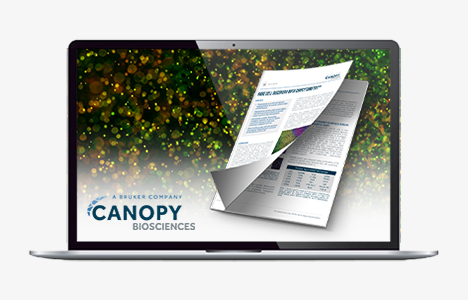
Finding Needles in a Haystack: Rare Cell Discovery
Scientists use multiplexed immunofluorescent imaging to identify and phenotype rare cell populations in their native environments.


Current technologies help scientists profile expression patterns at the single-cell level, but do not retain the spatial information necessary to interpret how identified cell types interact with others to form a functional tissue. To determine a cell’s positional context, scientists often use traditional immunohistochemistry; however, this technology has a limited multiplexing capacity that prevents in-depth characterization of a tissue’s cell types. To obtain multiplexed, spatially resolved protein expression profiles at single-cell resolution, researchers have developed a novel technology to perform high-resolution, iterative immunofluorescent imaging of tissues and cell suspensions.
Download this tech note from Canopy Biosciences to learn how ChipCytometry™ enables scientists to phenotype rare cell populations in their native environments.